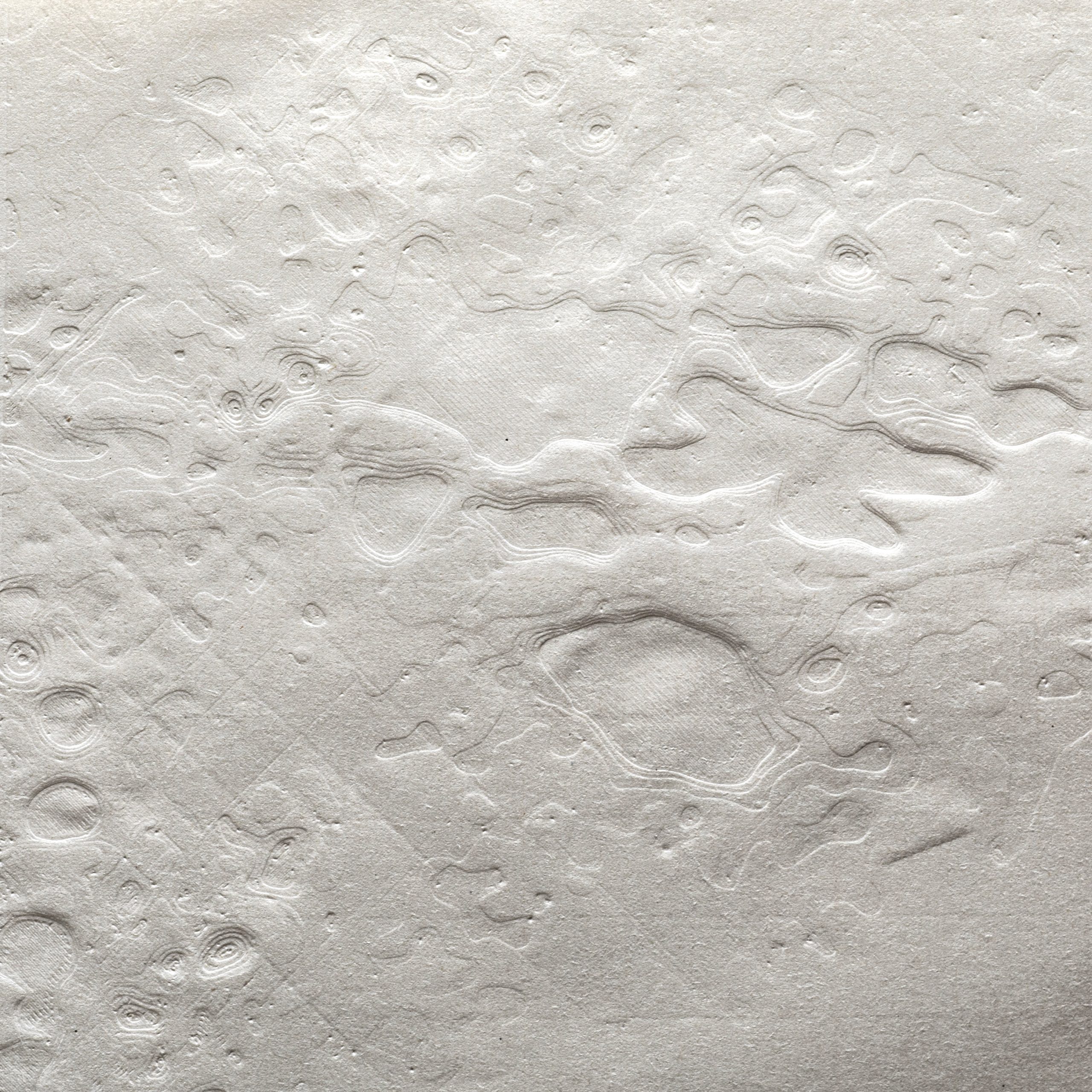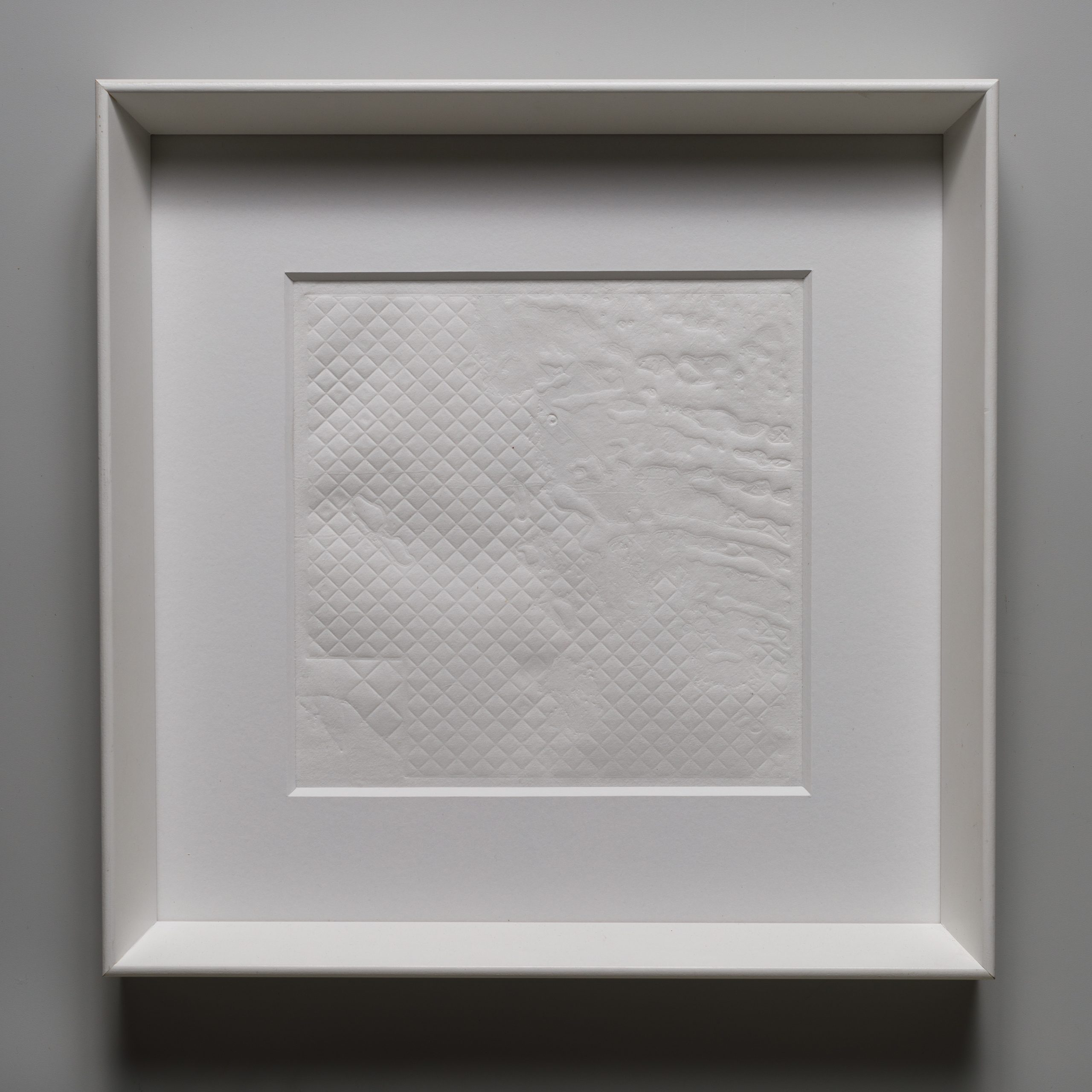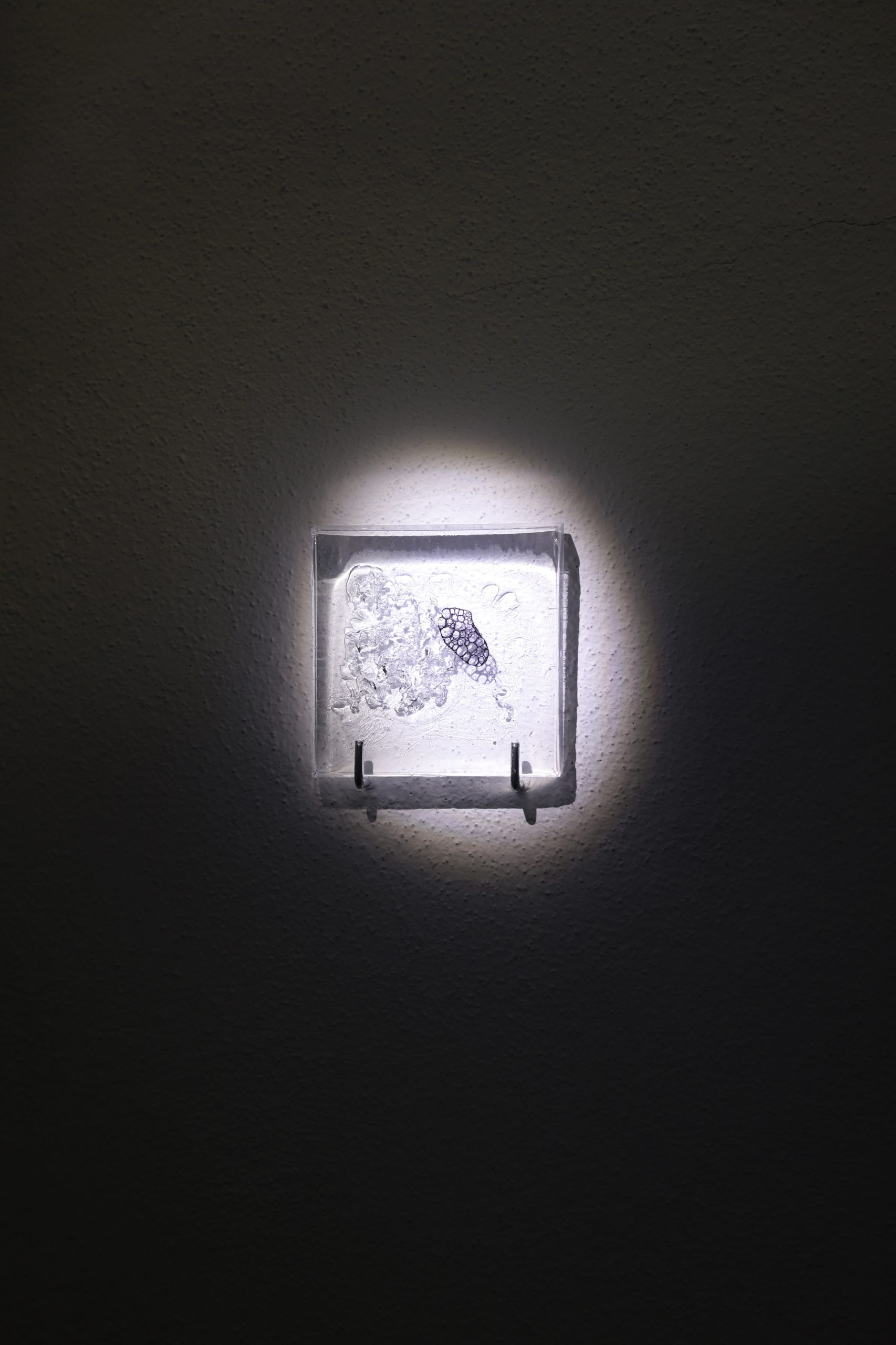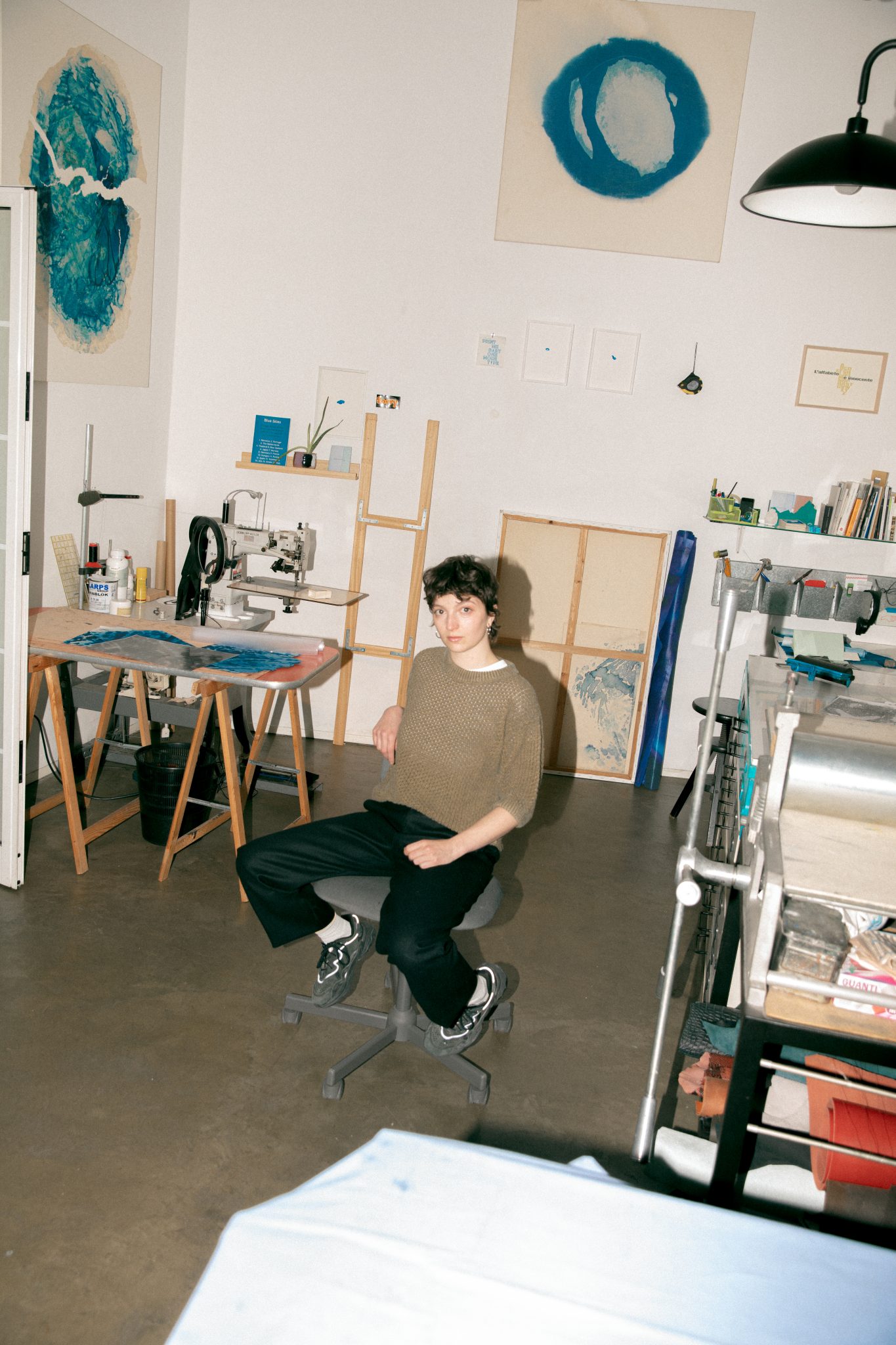
Interviews from the ‘PRESENT IS THE NEW FUTURE’ open call
Geography and mapping are two themes that appear frequently in your work. Engraving routes on paper (Can I Find a Way There?, 2021-2022), tracing furrows (Bare Minimum Void, 2024), investigating the threshold between two spaces (I Can Barely Feel You, 2022); you say that these are attempts to model a reality that gives you refuge, ways that allow you to move away from the search for knowledge but not from the methods to reach it. Are you more interested in experimenting with methods than in producing a final product?
In my work, geography and mapping are used as tools to investigate the threshold, understood as a space of tension between opposites. Engraving, tracing and excavating are not simply material gestures, but processes through which I explore and redefine my concept of the border. I seek refuge in grey areas, which frighten me precisely because they are undefined, and my method is what allows me not to get lost. All my work revolves around the method, which changes with each work and is articulated in a processual way at the level of materials and techniques, and in a conceptual way in terms of the approach to data processing. I see each of my works as a fragment of a larger journey, or a point on a blurred map, rather than a final product.
In your most recent work, Lost Gate, 2024, you create a labyrinth with cyanotype printed sheets, and inside this labyrinth there are lab slides with black foam. You have tried to build a lost gate to connect with the natural world, but how do you make that connection?
The labyrinth of Lost Gate invites you to get lost in order to find a different orientation, no longer based on linear logic, but on the experience of the body in the space of passage. The site-specific installation is located in an entrance hall, a place of transit that emphasises the condition of the threshold. The representation of foam as a natural element reinforces the sense of disorientation: the foam itself is an unstable boundary, an ephemeral trace between sea and land or between moving currents. In the laboratory slides, the printing matrix – the foam used for cyanotype – is suspended in transparent resin. The choice of this medium, reminiscent of the language of scientific research, both reveals the process of artistic investigation and emphasises the experimental value of the research itself.
Lost Gate does not seek to establish a direct connection with the natural world, but rather with the perception of a space in which the viewer is invited to get lost rather than find a way out.
In some older works, such as Takuu Atoll, 2019, and Try Again, 2019, error plays an important role: in the first case, the absence of data determines a lack, an error; in the second case, the glitch serves to distance the real reference by opening up the possibilities of the imaginary. How much do you allow the randomness of the glitch to enter a work? And what role does it play in your creative process?
The error in my work is never a random element, but a condition I choose to deal with.
In Takuu Atoll, the error makes an existing place disappear, highlighting a glitch present in nature, while Try Again uses the glitch in reverse, constructing something verisimilar from a hole in information. The absence of data creates a void which itself becomes information: the absence becomes a trace, a visible sign of something that is not there, and it is at this point that the work develops.
In my creative process, the randomness of the error is an access point, a threshold to be crossed in order to open up new possibilities of reading. It is not an unexpected event to be corrected or cancelled, but a moment of rupture that generates a new equilibrium. I am interested in error when it becomes part of the method: welcoming it means accepting uncertainty as a fertile space in which control gives way to a deeper exploration of the limit and its renegotiation.
What projects are you working on at the moment?
I am continuing my artistic research in my studio in Milan, experimenting with new materials and processes related to printing and the interaction between sign and space. My work continues to develop around the concept of the threshold, understood both as a physical boundary and as a condition of identity.
I teach serigraphy at the Brera Academy, an experience that I consider fundamental not only to transmit technical knowledge, but also to foster an open dialogue on artistic experimentation and the evolution of graphic practices. For me, teaching is an extension of research, a place of exchange that allows me to constantly question and refine my approach.
In parallel, together with the collective spazioSERRA, we are launching the new exhibition season IRA GENERANS, a project that explores the reappropriation of rage through the work of emerging artists. The curatorial dimension gives me the opportunity to look at art from a broader perspective, to make connections and to question the role of public space as an active tool of relationship and narrative.
I am very happy with the path I am building: these different fields – study, teaching and curating – intertwine and influence each other, allowing me to constantly put myself in play and face new possibilities and challenges.
PHOTO CREDITS
I can barely feel you, digital screen print for preparatory drawing, 2022
Can I find a way there, dry print from 3D matrix on paper, 2022
Can I find a way there, dry print from 3D matrix on paper, 2022
Lost gate, acetate ink and resin, 2024, photo credit: Cristiano Rizzo
I can barely feel you, cyanotype on cement, 2022
Artist portrait ph. credit: Clara Borrelli































